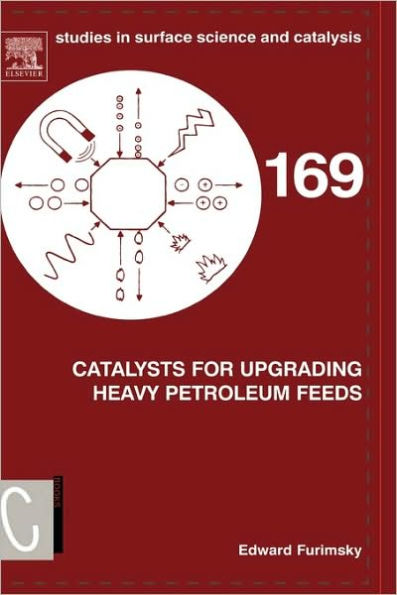5
1
9780444530844



Catalysts for Upgrading Heavy Petroleum Feeds available in Hardcover, eBook

Catalysts for Upgrading Heavy Petroleum Feeds
- ISBN-10:
- 0444530843
- ISBN-13:
- 9780444530844
- Pub. Date:
- 09/12/2007
- Publisher:
- Elsevier Science
- ISBN-10:
- 0444530843
- ISBN-13:
- 9780444530844
- Pub. Date:
- 09/12/2007
- Publisher:
- Elsevier Science

Catalysts for Upgrading Heavy Petroleum Feeds
$260.0
260.0
In Stock

Product Details
| ISBN-13: | 9780444530844 |
|---|---|
| Publisher: | Elsevier Science |
| Publication date: | 09/12/2007 |
| Series: | Studies in Surface Science and Catalysis , #169 |
| Pages: | 404 |
| Product dimensions: | 6.50(w) x 9.45(h) x (d) |
About the Author
From the B&N Reads Blog
